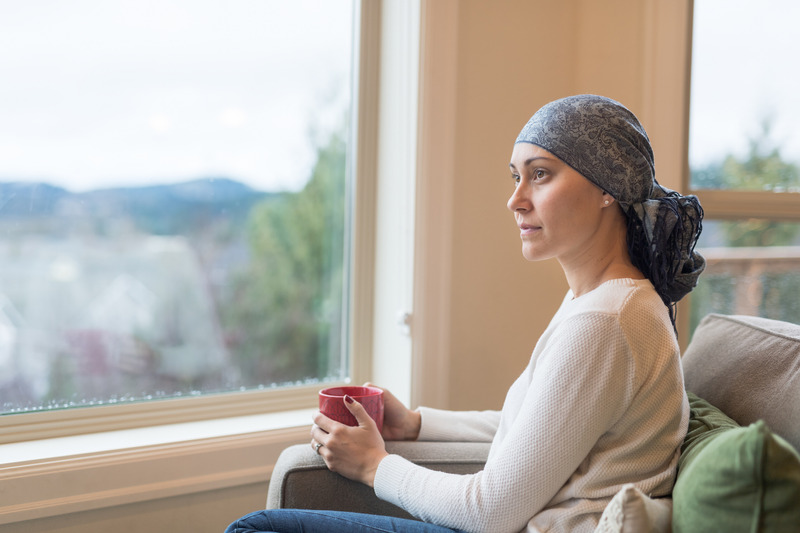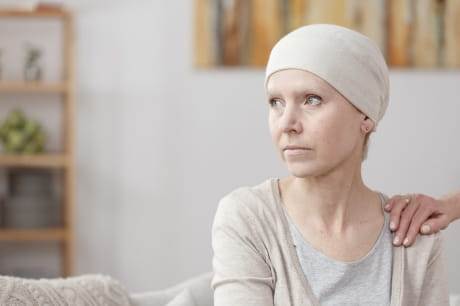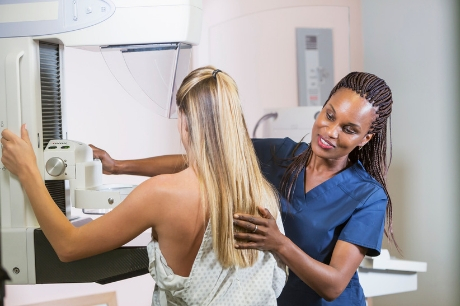Post-mastectomy breast reconstruction: Exploring your options
The story doesn’t end after treatment
“Today, both the 5- and 10-year survival rates for breast cancer are over 80 percent,” says Dr. Lisa Jacob, a plastic surgeon at Geisinger. “This is a survivable condition, and women are beating it every day.”
However, once the battle is won, you might be wondering what options you have for reconstructive surgery. Breast reconstruction is a great way to reclaim your body and return to a sense of normalcy.
“In most cases, women undergo reconstructive surgery in tandem with their mastectomy,” notes Dr. Jacob. “However, this isn’t always the case. You can choose to have reconstruction at any time, as long as you are healthy enough for the surgery.”
What are the different types of breast reconstruction?
Restorative breast surgery can be done in a variety of ways. However, there are two main categories of breast reconstruction: implant-based reconstruction and autologous tissue reconstruction, which uses the patient’s own tissue.
Many factors influence the type of reconstruction a patient undergoes, including the patient’s stage of cancer, health status, personal preferences and physical build. There is no right or wrong choice; the decision is tailored specifically towards what is best for each woman.
“There have been great strides in breast reconstruction technology,” says Dr. Jacob. “Implants are softer, and more naturally appearing and feeling than ever. Autologous microsurgical options, which source the patient’s own abdominal tissue, can recreate a breast that is nearly identical to the patient’s former breast. Autologous tissue is a great option for many women, especially for those who have received radiation and need healthy tissue to replenish damaged tissue in the chest wall.”
Implant-based reconstruction is usually performed in two stages. In the first stage, a temporary implant called a tissue expander is placed beneath the skin to preserve the construct of the breast. Expanders are not fully inflated immediately and allow for healing of the skin. To prepare the breast pocket for the future implant, the tissue expander will have to stay in place for several months. The expander is then replaced with a saline or silicone implant. Both types of implants have the same safety profile.
Autologous tissue reconstruction, also called tissue flap procedures, restores the shape of the breast using the patient’s own tissue. One of the most common types of this procedure is a DIEP free flap (deep inferior epigastric perforator flap), which uses tissues from the abdomen. During a DIEP, fat and skin from the tummy area are removed. Afterward, the blood vessels are re-joined, and the tissue is then re-shaped into a breast. Following surgery, most women have drains inserted and will stay in surgical recovery for up to five days. Then, after several weeks of recovery at home, they can begin driving and performing regular activities.
Who is a good candidate for breast reconstruction?
Most breast cancer patients are candidates for breast reconstruction. However, your doctor will be able to tell you which—if any—surgery is right for you.
You may be a candidate for breast reconstruction if you:
- Do not have any significant medical conditions or illnesses that preclude you from having general anesthesia or affects your ability to heal properly.
- Are able to cope well with the many emotions that arise with breast cancer
- Maintain a positive outlook and realistic goals for your post-surgery results and healing
“Patients who are receiving radiation therapy should wait at least three to 12 months after they are finished to begin the reconstruction process,” explains Dr. Jacob, “as radiation can be very damaging and the tissue needs time to heal and recover.”
If you have any other health issues, they will also be surveyed at this time.
Choosing a plastic surgeon for breast reconstruction
When looking for a reconstructive surgeon, it’s important to seek out a board-certified plastic surgeon who specializes in breast reconstruction.
“While all plastics surgeons have training in breast reconstruction, some choose to pursue additional fellowships which offer training specifically in breast reconstruction,” says Dr. Jacob. “These fellowship trained surgeons may offer the most advanced and newest techniques.”
Most breast surgeons will have a reconstructive surgeon they prefer, similar to the relationship between dentists and dental surgeons. Receiving a referral is often your best option.
“Breast reconstruction is best when performed by a team,” says Dr. Jacob. “Having a plastic surgeon that has a working relationship with your oncologist and breast surgeon will promise the best results, and the outcome most tailored to your specific needs.”
Breast reconstruction at Geisinger is a holistic approach
Whether you’re considering a mastectomy or lumpectomy for treatment of breast cancer, it’s important to consult with a board-certified plastic surgeon who specializes in breast reconstruction. It is important to understand all your treatment options. Our highly skilled plastic surgeons are here to provide information and help you weigh your choices to determine your best path forward. Geisinger plastic surgeons work side-by-side with a specialized team that treats all areas of breast health, for a comprehensive, multi-disciplinary approach based around each patients’ individual needs.
To make an appointment or schedule a consultation with a Geisinger board certified plastic surgeon who specializes in breast reconstruction, call 800-675-2401 or visit Geisinger.org.





